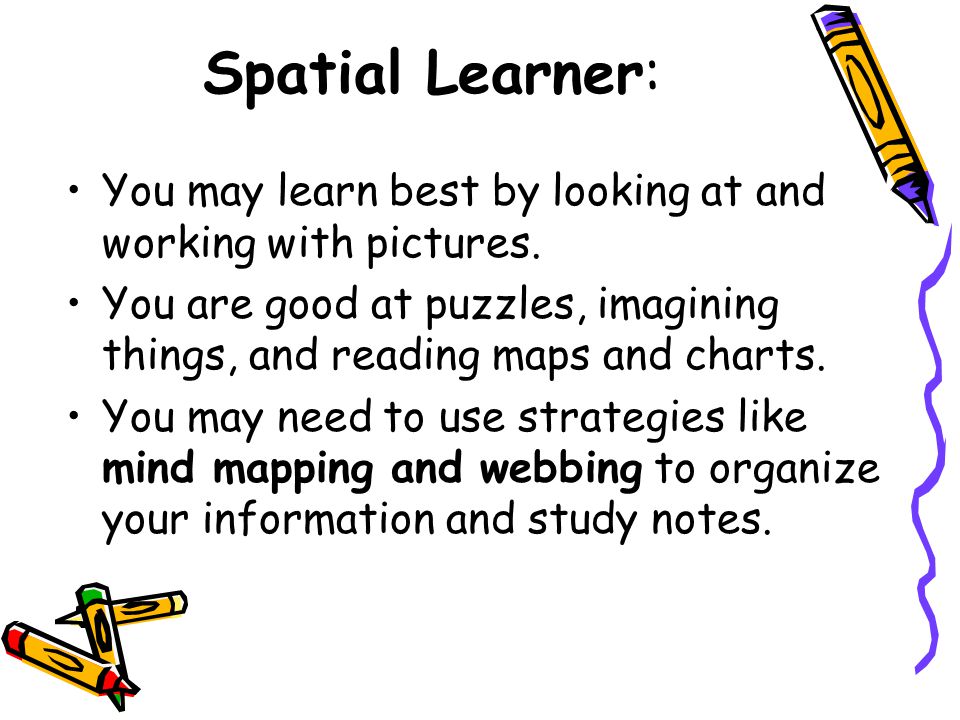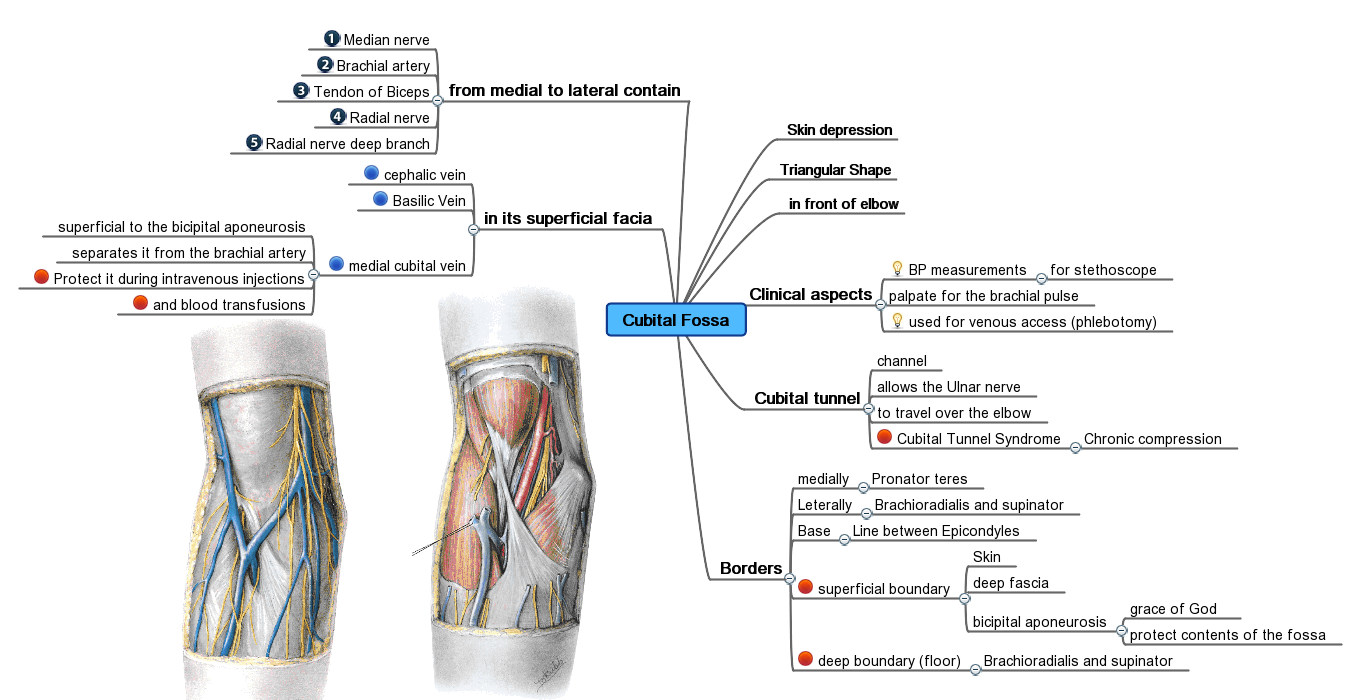


What researchers found was significant in terms of how spatial orientation affects the brain. Researchers claimed that this mode is more closely related to the way a GPS is used to navigate. For example, taking the same route home from work becomes second nature after a while, and sooner or later you find yourself retracing the route out of habit, not thinking about how you got home. In this situation, humans run on auto-pilot mode and retrace their steps according to repetition. The first method is called spatial navigation, and this is where landmarks are used to build those cognitive maps that help us determine where we are in a particular environment. The scientists wanted to measure the brain activity of people while using two methods that humans employ when navigating.
SPATIAL MIND ORGANIZER SERIES
The police stated that the growing use of smartphone apps for navigation can lead to trouble because people become too dependent on technology without understanding the tangible world around them.Īt McGill University, researchers did a series of three studies on the effects of using GPS devices on the brain. This came after repeated rescues of lost hikers by police in Grampian, one of which included finding fourteen people using mountain rescue teams and a helicopter. According to the BBC, police in northern Scotland issued an appeal for hikers to learn orienteering skills rather than relying solely on smartphones for navigation. As a result, more and more people are losing the ability to navigate and find their way in unfamiliar terrain. Map reading and orienteering are becoming lost arts in the world of global positioning systems and other geospatial technologies. However, the use of modern navigational technology and smartphone apps has the potential to harm the brain depending on how it is used in today’s world. The study shows that experience with the spatial environment and navigation can have a direct influence on the brain itself.
SPATIAL MIND ORGANIZER DRIVERS
Drivers who spent more than forty years in a taxi had more developed hippocampi than those just starting out.

In addition, the scientists found that the more time the drivers spent on the job, the more the hippocampus changes structurally to accommodate the large amount of navigational experience. The drivers underwent MRI scans, and those scans showed that the taxi drivers have larger hippocampi when compared to other people. In fact, using orientation and navigational skills often can actually cause the hippocampus and the brain to grow, forming more neural pathways as the number of mental maps increase.Ī study by scientists at University College in London found that grey matter in the brains of taxi drivers grew and adapted to help them store detailed mental maps of the city. Reading maps and developing navigational skills can affect the brain in beneficial ways.
SPATIAL MIND ORGANIZER HOW TO
The hippocampus helps individuals determine where they are, how they got to that particular place, and how to navigate to the next destination. This structure is called the hippocampus, also known as the map reader of the brain. The brain has a specialized region just for navigating the spatial environment. Without it, people will walk around in endless circles, never being able find which way they want to go. Spatial orientation is crucial for adapting to new environments and getting from one point to another. This skill is called spatial orientation, and it is especially useful for finding routes in an unfamiliar place, following directions to another person’s house, or making a midnight raid of the refrigerator in the dark. The brain also gives humans the ability to move around in an environment using an innate sense of direction. It has the ability to reason, create, analyze, and process tons of information each day.


 0 kommentar(er)
0 kommentar(er)
